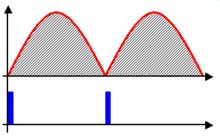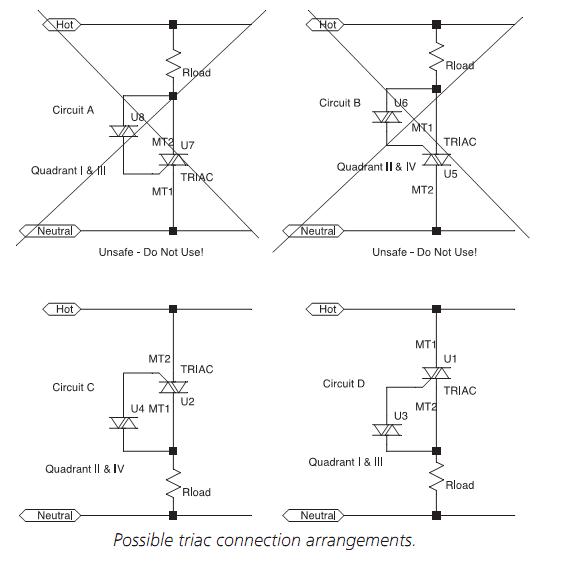hammooooody
Newbie level 6
i'm working on a light dimmer circuit for light bulb (not an inductive load yet),
I've programmed an AVR to generate a PWM to the MOC3021 which is connected to a TRIAC bt136. I got interesting result from oscilloscope tests, The generated signal PWM is synchronized with the Zero Crossing signal and everything else is fine..
The problem is the bulb lights up to full even if i set the PWM to 20% or 40% duty cycle. I tried to measure the MOC3021's output waveform, but i got a weird shaped signal. what should i expect it to be? any ideas to fix this problem?
I've been told that i wouldn't notice the bulb getting dimmer since it is resistive and heats up and stuff like that even if 20% of the sinusoidal signal is passing through to it. is that true?
Thank you,
I've programmed an AVR to generate a PWM to the MOC3021 which is connected to a TRIAC bt136. I got interesting result from oscilloscope tests, The generated signal PWM is synchronized with the Zero Crossing signal and everything else is fine..
The problem is the bulb lights up to full even if i set the PWM to 20% or 40% duty cycle. I tried to measure the MOC3021's output waveform, but i got a weird shaped signal. what should i expect it to be? any ideas to fix this problem?
I've been told that i wouldn't notice the bulb getting dimmer since it is resistive and heats up and stuff like that even if 20% of the sinusoidal signal is passing through to it. is that true?
Thank you,

